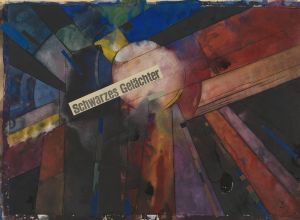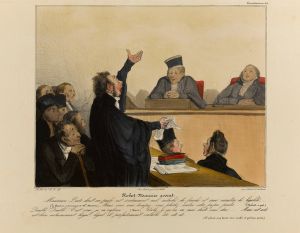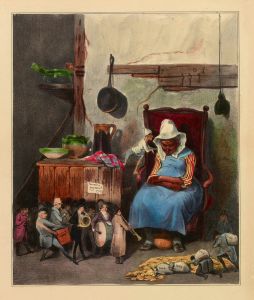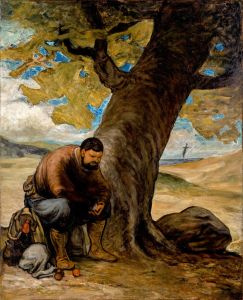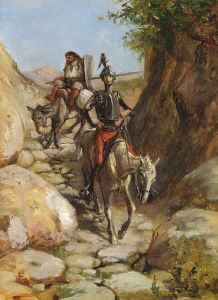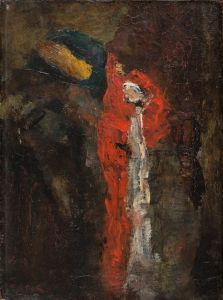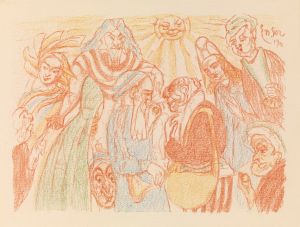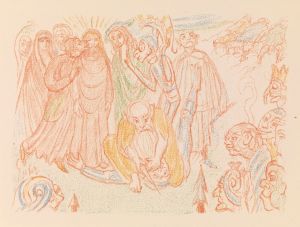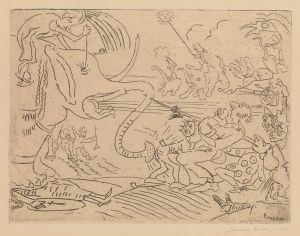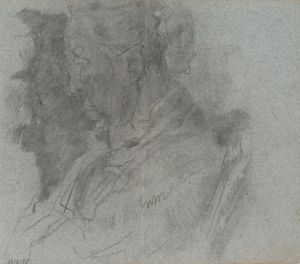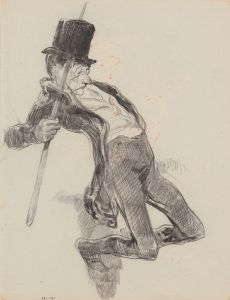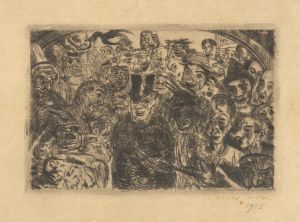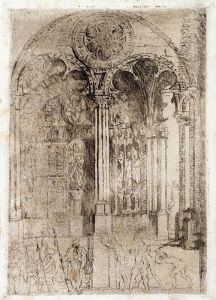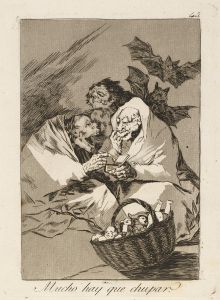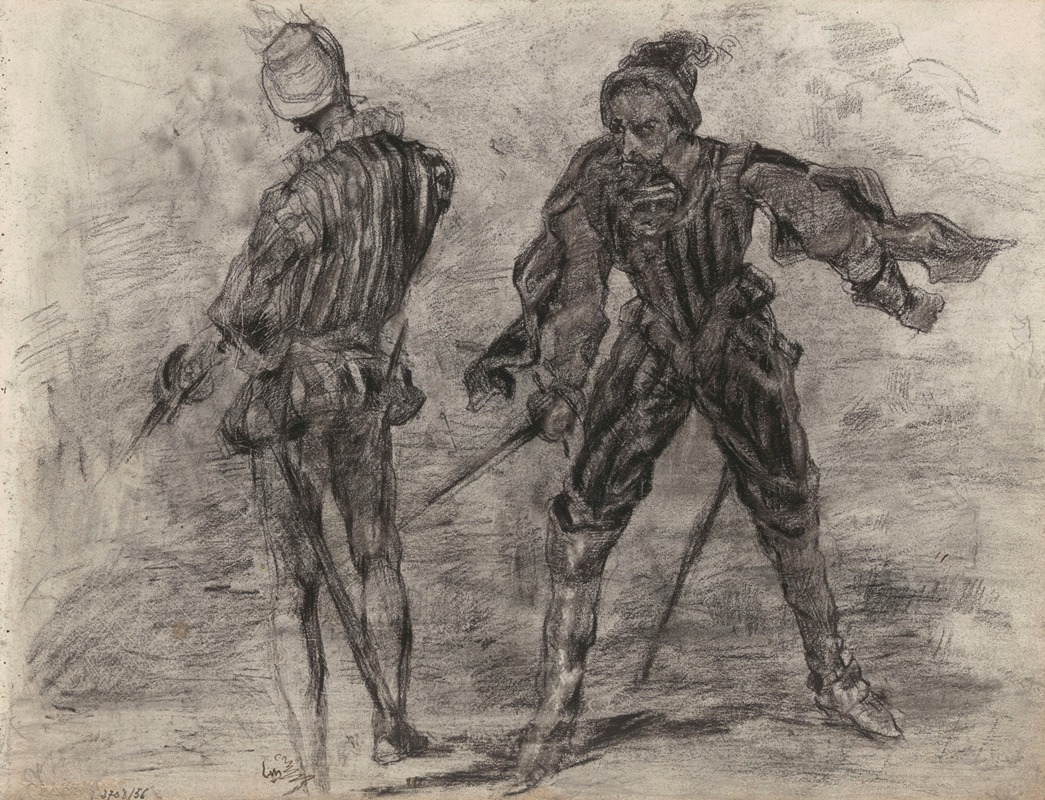
Don Quixote
A hand-painted replica of James Ensor’s masterpiece Don Quixote, meticulously crafted by professional artists to capture the true essence of the original. Each piece is created with museum-quality canvas and rare mineral pigments, carefully painted by experienced artists with delicate brushstrokes and rich, layered colors to perfectly recreate the texture of the original artwork. Unlike machine-printed reproductions, this hand-painted version brings the painting to life, infused with the artist’s emotions and skill in every stroke. Whether for personal collection or home decoration, it instantly elevates the artistic atmosphere of any space.
James Ensor, a prominent Belgian painter and printmaker, is known for his unique and often surreal style that combines elements of satire, fantasy, and the grotesque. One of his notable works is "Don Quixote," which reflects his fascination with literature and his ability to reinterpret classic themes through his distinctive artistic lens.
Ensor was born in 1860 in Ostend, Belgium, and spent most of his life there. His work is often associated with the Symbolist movement, although it also contains elements of Expressionism and Surrealism. Ensor's art frequently features masks, skeletons, and fantastical scenes, which he used to critique society and explore themes of identity and mortality.
"Don Quixote" by James Ensor is a painting that draws inspiration from the classic Spanish novel "Don Quixote" by Miguel de Cervantes. The novel, published in two parts in 1605 and 1615, tells the story of a nobleman who becomes a self-styled knight-errant, embarking on a series of adventures with his loyal squire, Sancho Panza. The character of Don Quixote is known for his idealism and his tendency to confuse reality with the chivalric fantasies he has read about in books.
Ensor's interpretation of Don Quixote captures the essence of the character's whimsical and quixotic nature. While specific details about the painting's composition and style are not widely documented, Ensor's broader body of work suggests that he likely employed his characteristic use of vivid colors, dynamic compositions, and a blend of realism and fantasy. Ensor often used these techniques to create a sense of movement and emotion, which would be fitting for a subject like Don Quixote, who is constantly in motion, both physically and mentally.
The painting likely reflects Ensor's interest in the absurd and the tragicomic, themes that are prevalent in Cervantes' novel. Don Quixote's adventures are often humorous and absurd, yet they also reveal deeper truths about human nature and the pursuit of ideals. Ensor, known for his satirical edge, would have been drawn to these aspects of the story, using them to comment on the society of his own time.
Ensor's work, including "Don Quixote," has been influential in the development of modern art. His innovative use of color and form, along with his willingness to tackle complex and often dark themes, paved the way for later movements such as Expressionism and Surrealism. Artists like James Ensor helped to expand the boundaries of what art could be, using their work to explore the human condition in new and profound ways.
In summary, James Ensor's "Don Quixote" is a testament to the artist's ability to reinterpret classic literary themes through his unique artistic vision. While specific details about the painting are limited, Ensor's broader oeuvre provides insight into how he might have approached this iconic character, blending humor, fantasy, and a critical eye to create a work that resonates with the timeless themes of Cervantes' novel.





